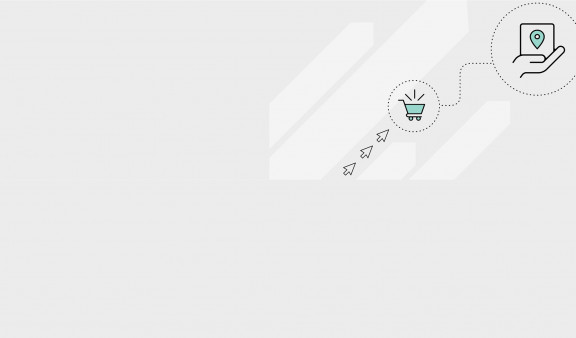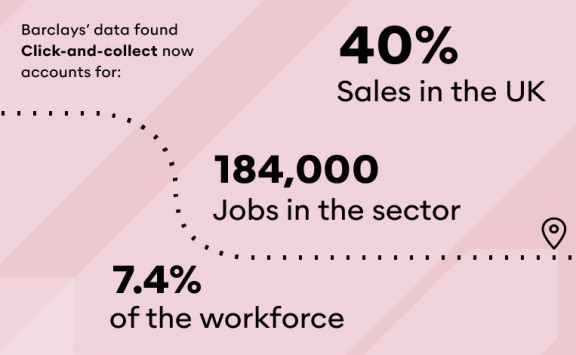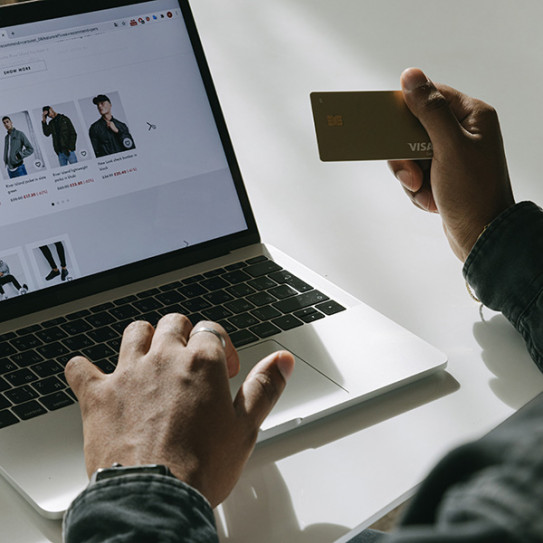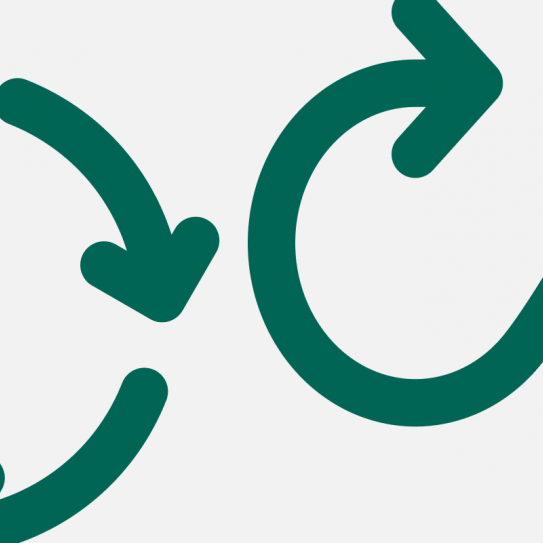
The unstoppable rise of click-and-collect
More brands are implementing click-and-collect shopping into their strategies - delivering an extra layer of convenience for their customers.
Will 2023 be the year of click-and-collect? Barely a day goes by without a business adding it to their omni-channel offering, with Primark one of the latest to give its customers the option at selected branches last year.
Despite being part of the supermarket and out-of-town retail park story for more than a decade, the pandemic helped it to go mainstream, as customers looked for safer ways to shop.
This culminated in an explosion of click-and-collect shopping hubs launching last year, with a report called ‘What’s in store for retail’ put together by Barclays Corporate Banking revealing it was worth £42.4bn in the UK in 2022 – 8.4 per cent of the industry’s total income.
This year, SQLI UK CEO Jonty Sutton expects to see further growth in the click-and-collect arena.
He said: “More large businesses are now going down the click-and-collect route. We have been seeing a steadily-growing number of enquiries from brands looking for advice or for us to implement it as part of their digital strategies, over the past few years.
“It’s become another vital layer of flexibility and convenience for them and their customers.”
How the click-and-collect story began
Click-and-collect – where customers order via app or online and pick up in-store or at a hub – first began to hit the headlines more than a decade ago, with many supermarkets trialling it in the early days. It was particularly popular with customers during the busy Christmas season, allowing them to order their Christmas shopping online and then pick it up at designated times, helping them beat the usual stampede in-store over the festive season.
For many years it was commonplace for customers to be charged for this convenience. The experience was also often fraught with problems, with customers complaining of being kept waiting at pick-up points as employees struggled to find products, or items being paid for, but out-of-stock.
As home deliveries became more common place, the hype seemed to trail off – with DIY and fashion stores among those taking up the click-and-collect baton.
However, spurred on by the pandemic, better technology and online competition, more brands have now followed suit, often helping to cut down delivery costs and providing greater choice for their customers.
Jonty continued: “During the pandemic many brands turned to click-and-collect for logistical and safety reasons, the latter giving customers the option of shopping but collecting their products away from crowds.
“But as we returned to normal, many businesses kept it going or streamlined it, with customers liking the convenience of ordering on their mobile phone, for instance, but picking up in-store.
“In fact, postal strikes over Christmas and now in 2023, have left a backlog of deliveries across the board, making it all the more important for some businesses to give customers the option of picking up their goods in-store rather than wait for days.
“Businesses realise it’s vital to get this right. Convenience is key. Is a customer going to find another online store if they can’t get the light switch or birthday present within 24 hours, or even on the same day?”
The growing influence of click-and-collect
Barclays’ data found click-and-collect now accounts for 40 per cent of sales for retailers who offer the service in the UK, with 184,000 jobs in the sector – 7.4 per cent of the workforce.
Surprisingly, over two-fifths (41%) of physical stores in the UK are now used as click-and-collect locations, with the same amount being used to process returns.
Barclays’ research also shows the importance of offering both physical and online channels, with many shoppers preferring to research products online and in-store in equal measure, with fashion (33%), homewares (34%) and garden products (28%) among them.
The changing face of click-and-collect
Whether it’s to cut down on deliveries, overall costs, or just to add more levels of convenience for customers, another click-and-collect approach is also fast expanding – as brands partner with others to offer the choice of more collection hubs.
Last year, Ikea announced a partnership with Tesco that allowed customers to pick up orders from the supermarket car parks, while John Lewis recently announced orders could be picked up from selected Dobbies Garden Centres.
Ged Keogh-Peters, Director of Supply Chain Planning and Development for the John Lewis Partnership, explained the benefits: “The introduction of click-and-collect…underlines our ambition to find new ways to be more convenient for our customers. The service is growing in popularity every year with customers increasingly wanting the ease of being able to pick up their order at a time and place which works for them. The success of this trial would present the opportunity to roll out the service to more centres.”
How SQLI can help with your click-and-collect project
Are you a business considering adding click-and-collect to your business strategy? Do you have the physical space for collections and warehouse that won’t disrupt the in-store shopping experience? Can you handle large volumes of orders? Do you have the staff or even parking spaces to facilitate this change? What does this look like digitally?
SQLI helped design and build a customised digital solution on Adobe Commerce for DIY giants Screwfix, which introduced a click-and-collect service as well as a ‘five-minute’ promise. This ensured the in-store availability of a product within five minutes of ordering online, allowing customers to order and pay on the go with the item ready for collection by the time they reached the counter – adding more flexibility and speed to its service.
After designing and implementing many similar digital projects for some of the biggest brands in the world and with offices across Europe and the Middle East, SQLI is in an unrivalled position to help businesses navigate this change and help support their growth. Whether through a consultative approach, or implementation, the real-life examples and experience SQLI has are crucial in ensuring businesses get it right, first time.
Jonty added: “We’re seeing a lot of brands linking-up with other businesses to offer more convenient click-and-collect options. If a business hasn’t got the space it needs in order to open up this channel, this a great solution to maximise space elsewhere without the need or cost associated with building something new.
“Speed of delivery is vital today. If you can’t get something to a customer quickly, you can easily lose that sale and that customer. Click-and-collect is often the next best thing for customers who need something urgently. Nowadays, customer pick-up is also often free, whereas some businesses charge for delivery.
“However, if the front-end and back-end of your digital store and your warehouse, physical store and your pick-up point aren’t all in perfect sync, friction, reliability issues and a poor and time-consuming customer experience, can easily occur.
“Businesses must consider fulfilment options, order status, stock availability, promotion, collection in-store and returns, to name a few.
“This is where an agency like SQLI can be vital in helping businesses to navigate these areas and ensure no stone is left unturned in planning for a seamless integration.”



